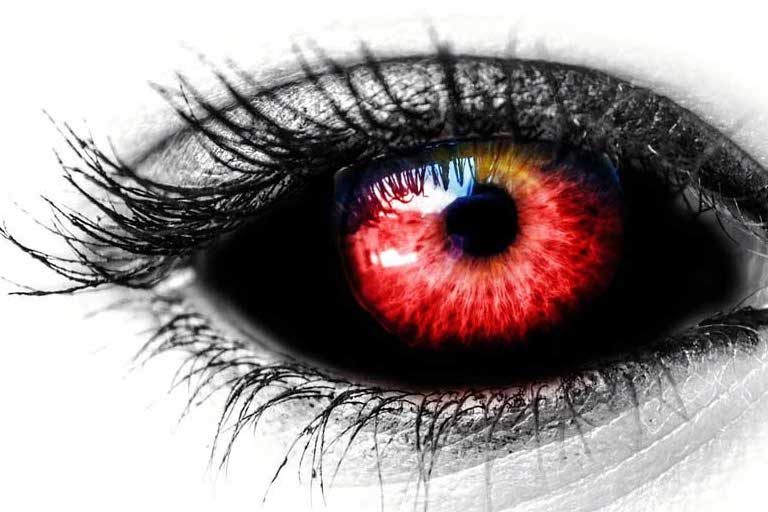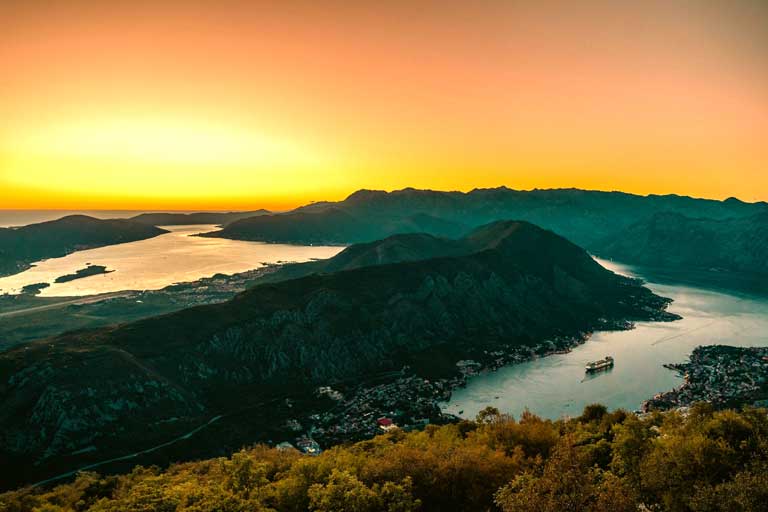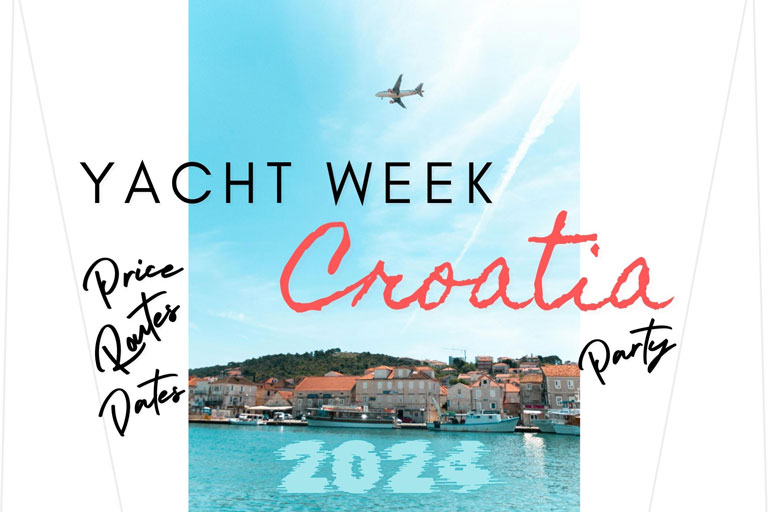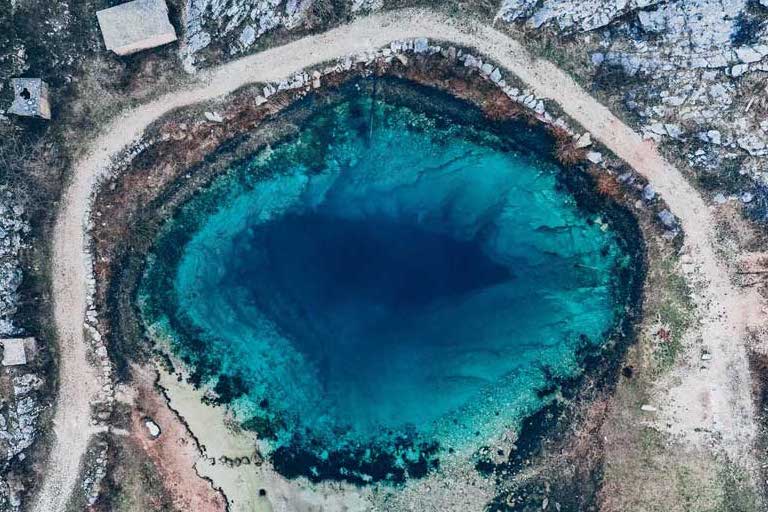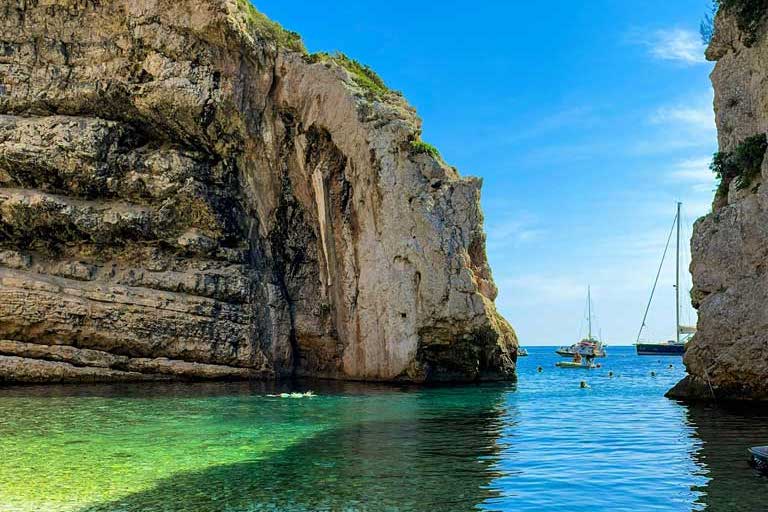Vampires in Romania have inspired books, movies, and shows. With every supernatural being, there’s an origin story, and theirs start in Romania.
Do you know where the legend of vampires stems from? It all began in Transylvania, Romania.
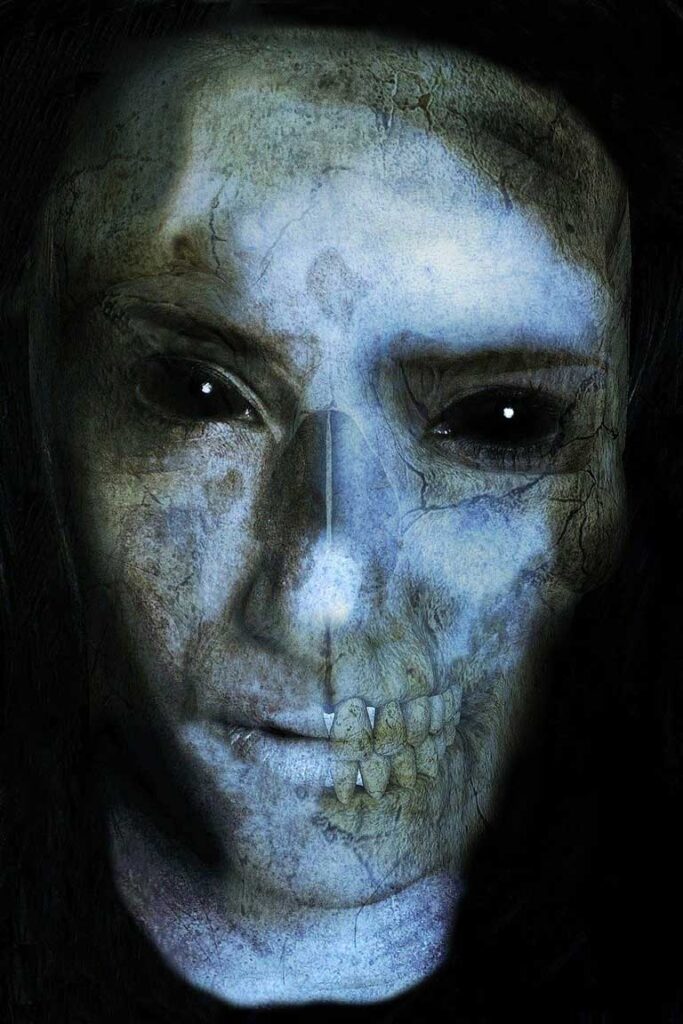
Vampires have continued to fascinate every generation that comes across them. Their thirst for human blood, ability to turn into bats, and possess immortality, paints a frightening picture of a figure that we would never want to encounter.
“On a dark and gloomy night in Romania, you’re sitting wide awake in bed when you hear a shuffle downstairs. You go down to investigate to find an uninvited visitor. Your stomach grumbles in the silence, giving your position away. You launch at him, grab him from behind, and as you sink your teeth into his neck, you whisper in his ear — we are real!”
If vampires intrigue you and you want to know the “actual” tale of vampires, keep a clove of garlic close to you, as we immerse ourselves into the world of vampires in Romania.
Vampires in Romania: It all Began in Transylvania
Vampires stalk their prey at night and with their fangs, they suck each drop until there’s nothing left. Either their victims die or turn into vampires. They can transform into bats, possess super-strength, have a hypnotic ability, and have no reflection.
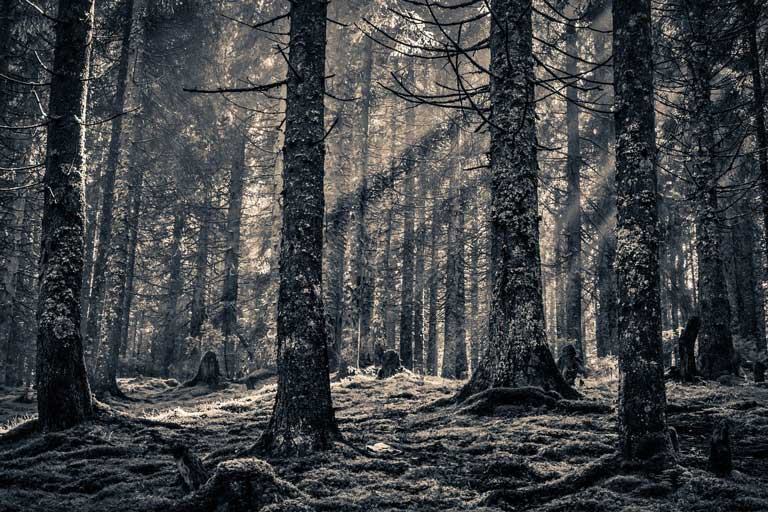
Why is Romania famous for vampires? Legend says that people in Transylvania have enhanced sensory perception due to the region’s location, sitting on the world’s most powerful magnetic fields. The myth says that vampires come out of hiding on St. George’s and St. Andrew’s Day. However, it was the modern interpretation of vampires that put them at the forefront.
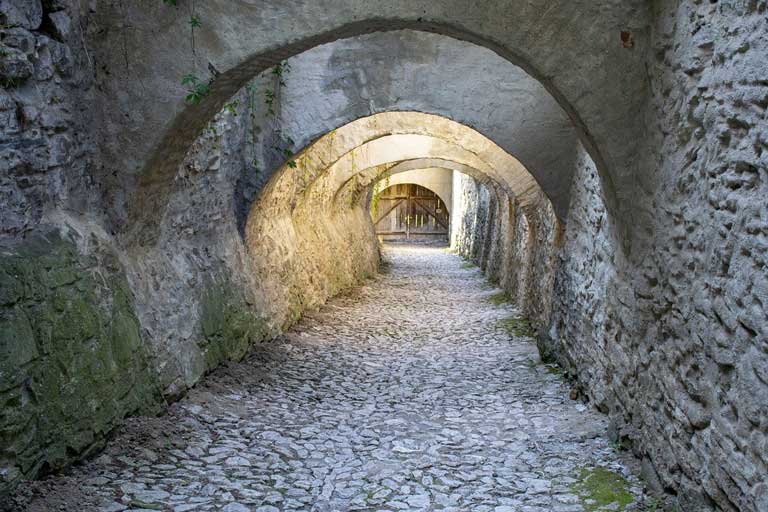
The mythological creature has graced our TV screens and literature for decades. One of the most famous examples of vampires is Bram Stoker’s, Count Dracula. Did you know ‘dracula’ translates to ‘bad blood’ in Gaelic. Stoker’s 1897 novel, “Dracula,” was the world’s first encounter with a blood-sucking, manipulative, and charming vampire.
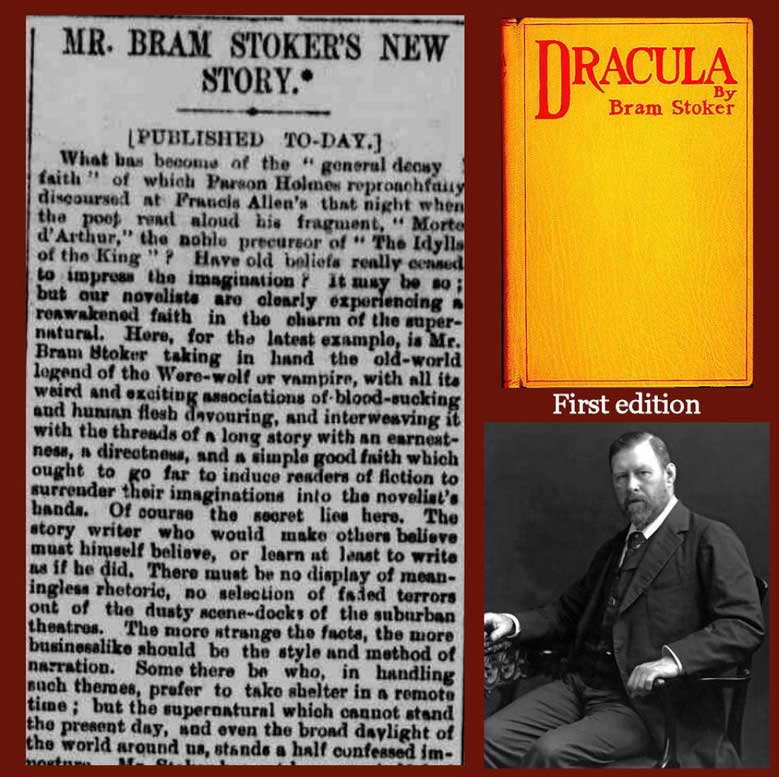
However, Transylvania’s vampires in Romania have existed way before Stoker’s novel. He might have made vampires a household name, but they have been living among us for decades through Romanian folklore.
Even in Romania, vampire legends weren’t just born out of thin air because behind the myth is one of the most vicious Walachia rulers — Vlad Dracula, or as they referred to him as Vlad the Impaler.
Origin of Dracula — the Original Vampire, Vlad the Impaler
Vlad III earned his infamous nickname, Vlad the Impaler, for his preferred method of executing his enemies.
Born in Transylvania in 1431 to the ruler of Wallachia, Vlad II, a young Vlad with his brother and his father travelled to meet Sultan Murad II for peace talks. Unfortunately, the Sultan trapped them and only freed their father on the condition he leaves his children behind.
Vlad studied and trained under the Ottoman Empire. It is said that his brutal way of punishing his enemies was inspired during his time of imprisonment where he was tortured and witnessed the Sultan behead and impale his enemies.
Soon Vlad’s father and elder brother met an unfortunate outcome. His father was killed and his elder brother was blinded and buried alive. These events may have triggered a darkness in Vlad, turning him into a merciless murderer, which he began immediately after the Ottoman empire freed him.
Brief History of Vlad’s Reign of Terror throughout Europe
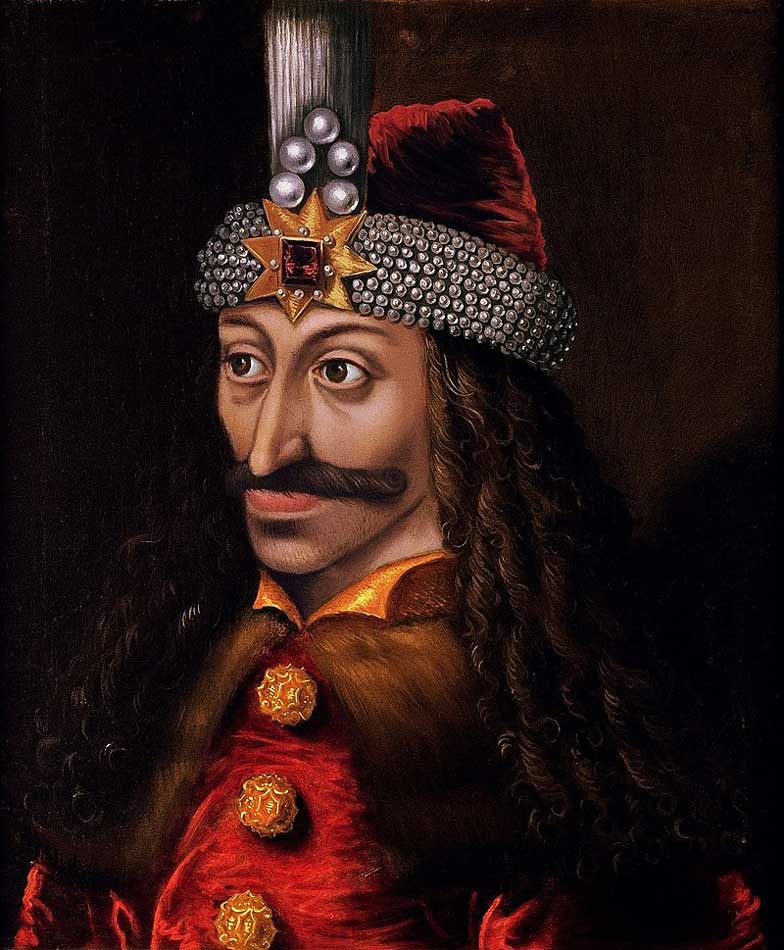
- Vlad defended Wallachia in 1456 from the Ottomans and won.
- According to legend, Vlad fought Vladislav II and beheaded him.
- He needed to instil fear in the hearts of his adversaries challenging his rule, so in the pretence of peace talks, Vlad invited them to a grand dinner, only to stab and impale them.
Vlad the Impaler killed and impaled several Saxon merchants in 1459 in Kronstadt.
- When the diplomatic representatives from the Ottoman Empire refused to remove their hats in Vlad’s presence, he nailed their hats on their skulls.
- Vlad wrote to a person in 1462, telling him that he killed men and women of all ages. In the letter, he mentioned executing 23,884 Turks, not counting the people he burned alive in their homes or the Turks his army beheaded.
He has killed an estimated 80,000 people with 20,000 people killed through impalement and then displayed outside of Targoviste. However, in 1476, he finally met his match when Sultan Mehmed II of the Ottoman Empire’s army ambushed him, killing and beheading him. The Sultan then displayed it above Constantinople’s entrance.
Although Vlad died, he left behind a gruesome legacy and gave birth to the legend of vampiri in Romania.
Popular Haunts of Dracula in Transylvania
Romania, particularly Transylvania, has fascinated tourists with its tales of Vlad, the real-life Dracula, and its vampires’ history and mythology. If your interest in vampires has brought you to Romania, surely you need to visit the impressive castles and locations famous for their vampire presence.
1. Bran Castle
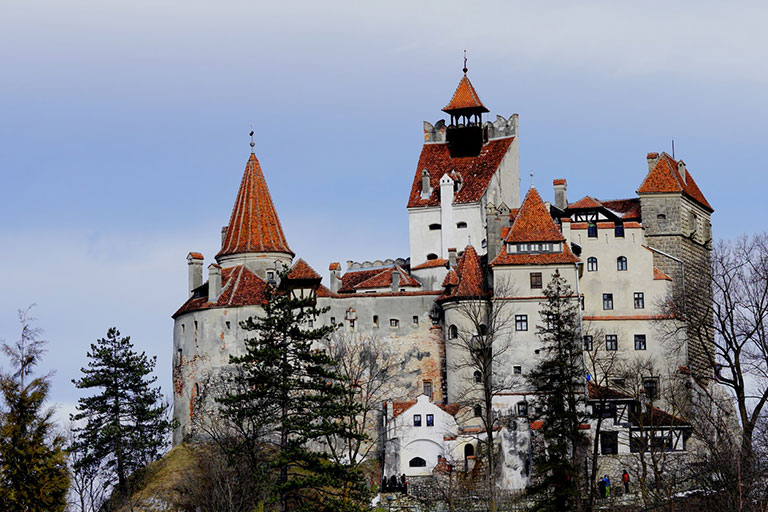
Bran Castle is a medieval castle created between 1377 and 1388. It overlooks a mountain pass between Wallachia and Transylvania. Although it is widely believed that Vlad was once imprisoned there, no historical records of him visiting it exist. Even so, this has led to people calling the fortress, “Dracula’s” Castle.
Bran Castle has been converted into a museum and honours the reign of Queen Marie of Romania. The castle also has become a popular place for hosting Halloween celebrations. It has Vampire-themed stalls and mini sideshows near the entrance.
Interesting Facts: Bran Castle is where you can retrace the steps of Jonathan Harker (a fictional character) from Stoker’s novel.
2. Bistrita
Bistrita is the Bistrita-Nasaud’s administrative capital situated at the base of the Bargau Mountains. Archeologists have determined that the town’s roots date back to the Neolithic period. In 1206, Saxons settled in Bistrița and used it as a trading post.
Interesting Facts: Stoker created a fictional hotel called the Golden Krone Hotel for the protagonist to stay in on St. George’s Day. Although no hotel existed in the town during that time, a hotel with the same name exists now.
3. Poenari Fortress Ruins
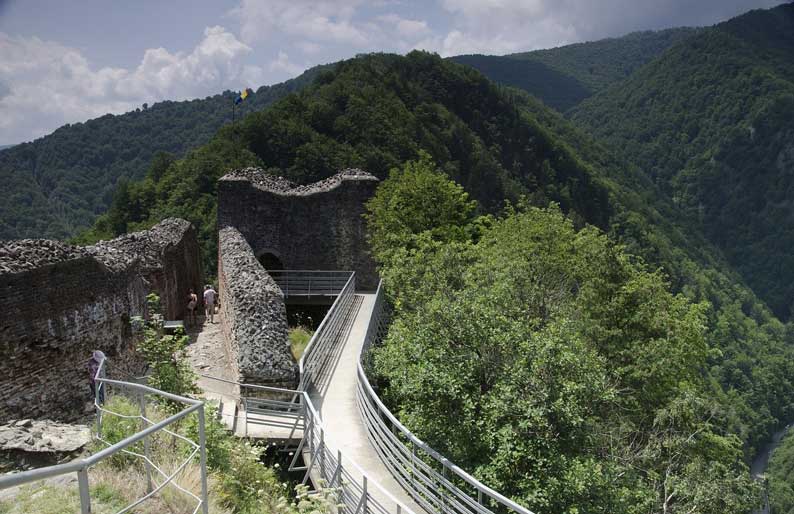
Poenari Fortress Ruins once felt the footsteps and heard the ferocious voice of its former resident, Vlad the Impaler. You have to climb 1,462 steps to reach the castle standing tall on a cliff with an amazing view of the Argeș River and the Carpathian Mountains.
The first rulers of Wallachia erected the intimidating structure in the 13th century. Poenari castle saw numerous visitors come and go until at last, it was abandoned.
The years took a toll on the castle, but Vlad rescued it by restoring it. Unfortunately, his passing led the castle to become abandoned once again. Years later, restoration efforts preserved the castle and its towers and walls.
Interesting Facts: Vlad spent his day hunting along the Argeș River when he spotted the deserted Poenari Castle. He decided to restore the castle to convert it into a defensive fortress.
Living up to his reputation as a cruel leader, he forced people to work through harsh weather conditions and deprived them of food and sleep.
4. The Old Princely Court in Bucharest
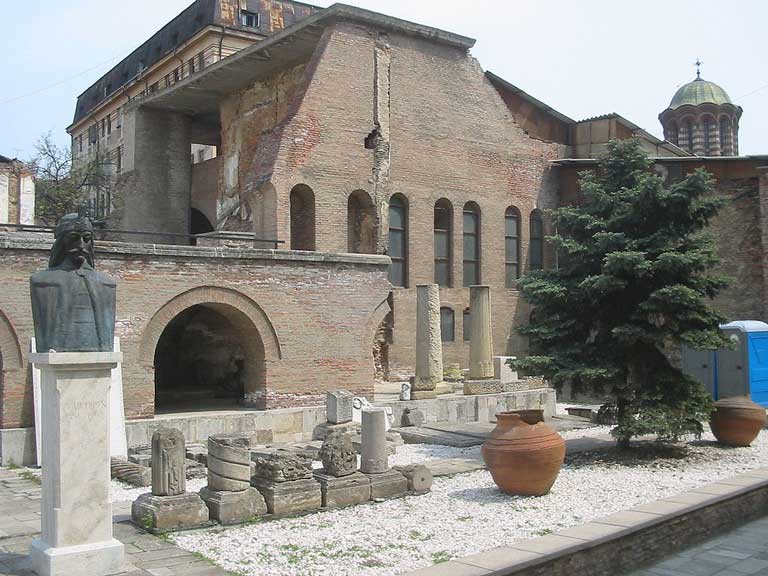
Curtea Veche or the Old Princely Court, situated in Bucharest, was Vlad’s rare find. He built the building in the 15th century, hence making it the city’s oldest medieval structure.
Near the court is the city’s oldest church, the Old Princely Church built in 1554. The walls, tombstones, arches, and Corinthian columns are the only architectural design elements remaining of the court.
A visit to the court will send you back in time as you travel through history, getting a front-row seat to the ancient city of Wallachia. If the court is closed for maintenance, book a ghost and vampires tour in Romania to see its exterior while learning about the city’s spooky past.
Interesting Facts: Mythology states that Vlad imprisoned his enemies underneath the court.
5. Snagov Monastery
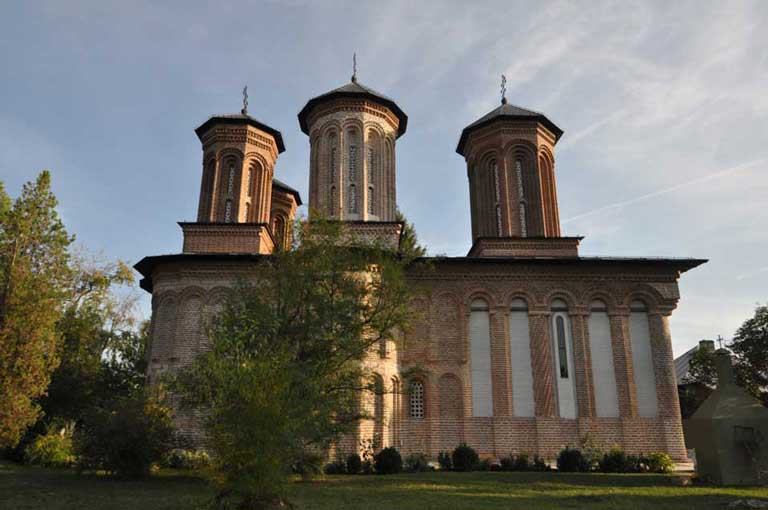
Snagov Monastery was created in the 14th century but the place of worship became lost to time until 1933 when it was unearthed. Historians are divided on the issue of its construction. Some historians say that Vlad’s grandfather founded the monastery whereas others say that Vlad did.
Some historians speculate that neither Vlad nor his grandfather built it. According to Romanian historians, the wooden church on the site dates back to the 11th century with a prison, a bridge, and a bell tower added later around 1456.
Interesting Facts: We already know that Vlad’s head made its way to the Sultan but what happened to his body? Experts say that the Snagov Monastery may be the notorious ruler’s burial ground.
6. Sighisoara – Home of the Transylvanian Dracula
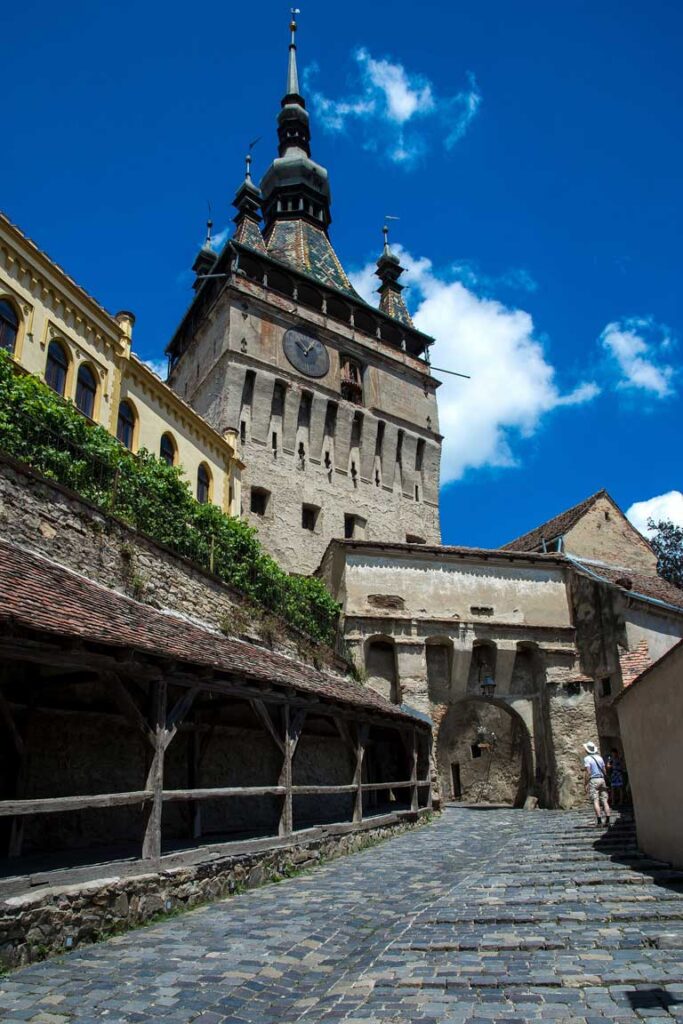
The town of Sighisoara has been a crucial part of history, having witnessed the occupation of the Dacians in the first century AD, the Roman Empire, and the Transylvanian Saxons. The Transylvanian Saxons created a new structure called the Schäßburg in the 12th century.
Sighisoara remains one of the most captivating and best-preserved European towns. The 16th-century town is decorated with cobbled streets, baroque churches, and nine impressive towers.
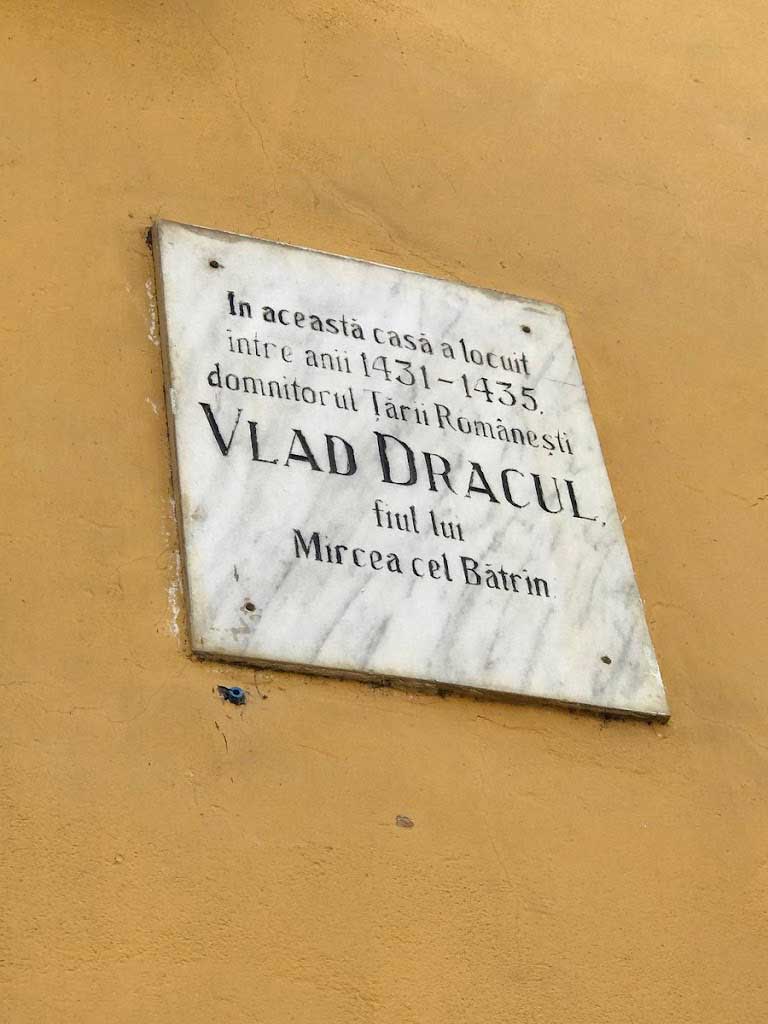
Interesting Facts: Vlad the Impaler’s childhood home called the Vlad Dracul House is located in Sighisoara, his birthplace. When you visit the house, the first thing that will stand out is a wrought-iron dragon at the entrance. Vlad’s title “Dracul” means evil and dragon. They have converted the ground floor into a restaurant and the first floor hosts the Museum of Weapons.
7. Brasov
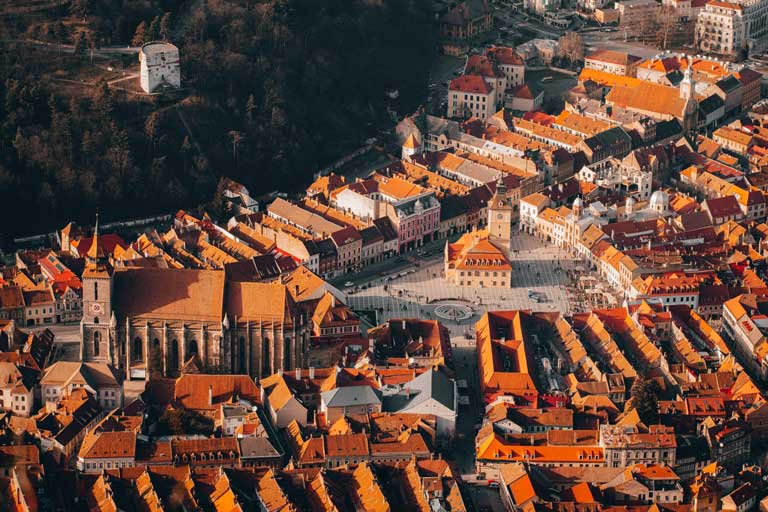
Bordered by the Carpathian Mountains, Brasov boasts extraordinary works of art such as renaissance, gothic, and ornamental structures adorning its grounds. The Teutonic Knights found the city in 1211 on a Dacian site. The Saxons made the city their home in the 13th century.
It wasn’t long before the city earned a place as one of the seven fortresses in Transylvania called the Siebenbürgen. Brasov is known by the locals as the city at the base of the Tampa Mountain. There’s a trail that leads to Tampa Mountain. The original defensive citadel was created on top of the mountain
Interesting Facts: Vlad destroyed the citadel when he attacked Brasov and killed the merchants for refusing to pay the trade tax and impaled them on Tampa Mountain.
Romania Vampire Mythology
Romania has a rich history related to vampires — its most famous supernatural being! The Prince of Darkness continues to hypnotise people through Romanian vampire mythology. So, where did all the myths about vampires come from? Let’s take a look!
Romania’s Dead Spirits Strigoi
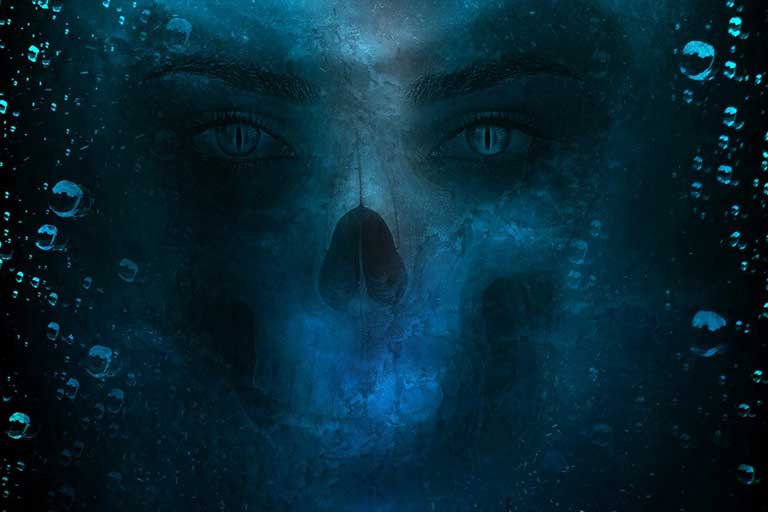
Strigoi, which translates to scream in Romanian and Strigeidida, are blood parasites. With this knowledge in hand, the story goes a little like this. Ancient Roman and Greek mythology mention a bird-like creature called Strix with a penchant for feeding on the flesh and blood of humans.
As you can see, this is where a vampire taking a bat-like form came from. Romania Transylvania vampires can’t function in the day and wait until nightfall to come out of their tombs to feast on human blood.
We mentioned Transylvania vampires specifically because of two reasons — most vampire legends originate there and it’s Vlad the Impaler’s birthplace. Vampires can shapeshift, move at the speed of light, lift anything regardless of weight, live forever, hypnotise people, and become invisible.
Strigoi can take the form of a ghost and cause mischief and distress such as destroying and moving objects, hitting, biting, touching, and tripping people, and making loud sounds.
Who Are the Transylvania Vampires Strigoi?
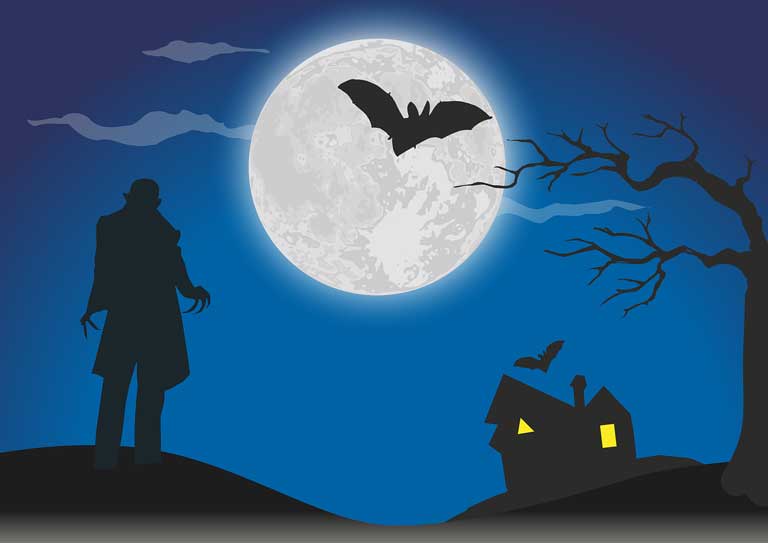
Strigoi can be witches, living vampires, living people, and wizards with magical powers. According to Romanian mythology, vampires have two hearts or two souls. Vampires cast out their souls at night to drink blood with another vampire.
Male vampires in Romania can procreate with humans and their half-human and half-vampire offspring are called Dhampir. Female vampires try to pose as humans and get married only for them to become mentally and emotionally exhausted and kill their partners.
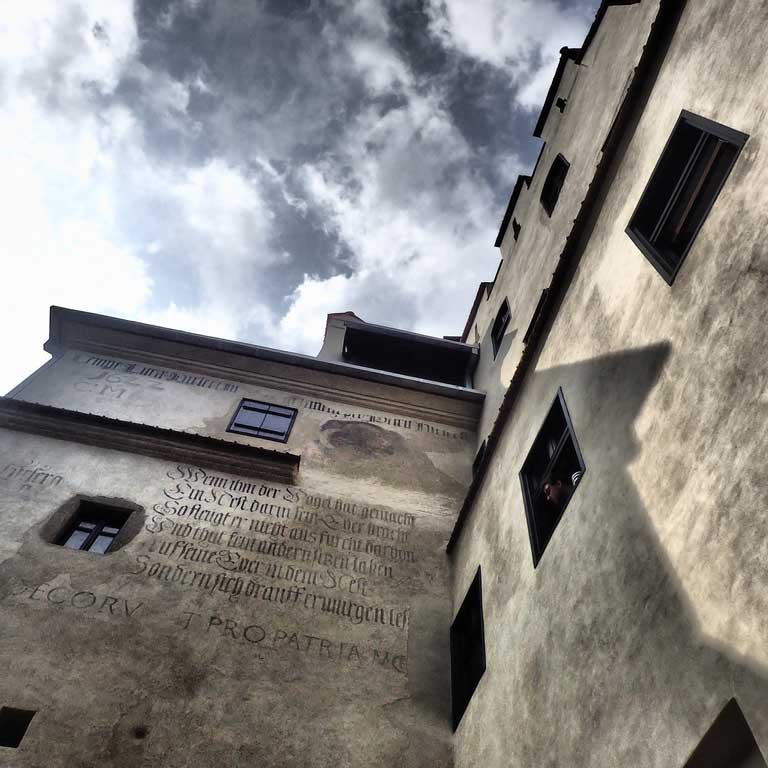
Dead vampires are distraught spirits that rise from the grave to be with their families. Although they act normally, their purpose is to kill their family. Romanian legend also states that on St. Andrew’s Day on Nov 30th, Romania Transylvania vampires will compete with each other to bring misery to humans. Whoever manages to make the most people miserable wins the competition.
Reported Sightings of Vampires in History
In Croatia, in the 17th Century, villager Jure Grando transformed into a strigoi and carried out heinous attacks on villagers. Another sighting of a vampire happened in the 18th century. Serbian peasant Petar Blagojevich died, became a vampire and went on a killing spree throughout the village.
Since the 19th century, Transylvanian mythology has placed more emphasis on the existence of vampires in Romania.
Transylvania Vampires Legends and Rituals
Let’s find out how to protect ourselves if we don’t want to become a vampire and what the Transylvania legends say about protection from vampires.
How to Identify a Vampire?
You can tell if the person is a vampire if their body seems swollen or looks preserved and blackened before burial, rests faced down in the coffin with blood nearby, the headstone has a small hole for them to get in and out, they never go near garlic, among others.
Another Romanian legend states that to find a vampire’s grave, visit the graveyard at noon. Dress a boy in white, put him on a horse, and let them roam the graveyard. Closely watch the horse and whatever grave it stops at, that’s the grave of the vampire.
And here comes the existential question – To Be or Not to Be… a vampire?
How Can One Become a Vampire?
You can become a vampire in several different ways. You can hypnotise your way into becoming a vampire. If this doesn’t work, you can try casting a magic spell to turn into a vampire. With everything online these days, you can become a virtual vampire, giving your avatar unique characteristics.
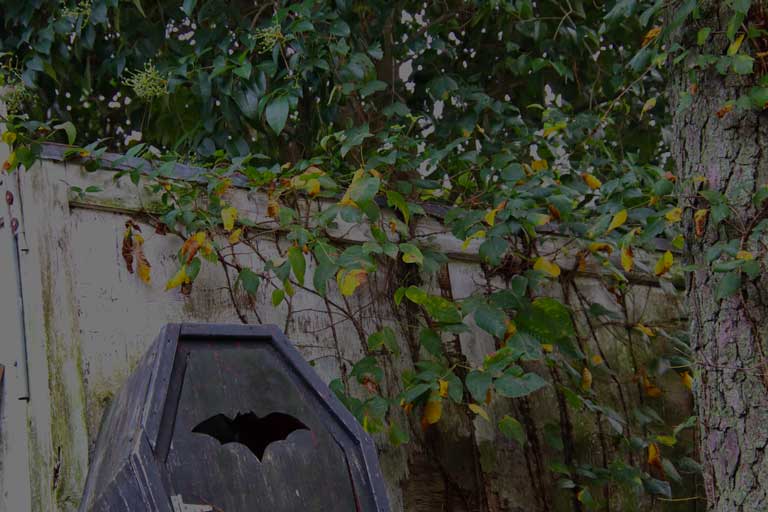
If nothing works, do what you did when you were young — play pretend! All you need is a vampire costume, fangs, a cape, and some awesome vampire puns. A few of our favourite vampire puns include: “A vampire can’t be a comedian. They just aren’t funny, and worst of all they always know they suck.” and “If you’re wondering if someone’s become a vampire, there’s an easy way to tell. A true vampire is always a coffin.”
Romania’s Vampire Ritual for Protection

Romanian mythology mentions a vampire ritual that involves sacrificing a pig on St. Ignatius Day to ward off vampires. The classic and most known protection method involves putting a stake through the vampire’s chest or removing and burning his heart.
Beheading the vampire and placing his head face down in the coffin will also work. You can seal the vampire in the coffin by nailing it shut. To ensure vampires don’t make you their next meal, you can put thorns across edges such as windows and doors, paint crosses on every door, place garlic all over your house, and remain indoors with the lights turned on and pray.
Additionally, hanging onion or garlic at the entrance of your home may also ensure your protection from vampires. If you want to kill the vampires when they are the most vulnerable, sharpen your stakes on St. Andrew’s Day, Easter, and St. George’s Day. Another way to kill them is to place garlic in their mouth.

Romania — the Place Vampires Call Home
Vampires may be a work of fiction but the inspiration behind these blood-thirsty beings is very real! Romania is filled with vampire myths and legends. The castles in Romania tell grisly tales of Transylvania’s Dracula and give insight into the glorious history of vampires in Romania.

